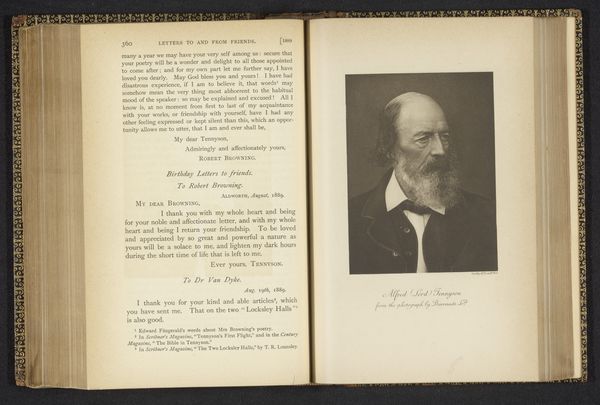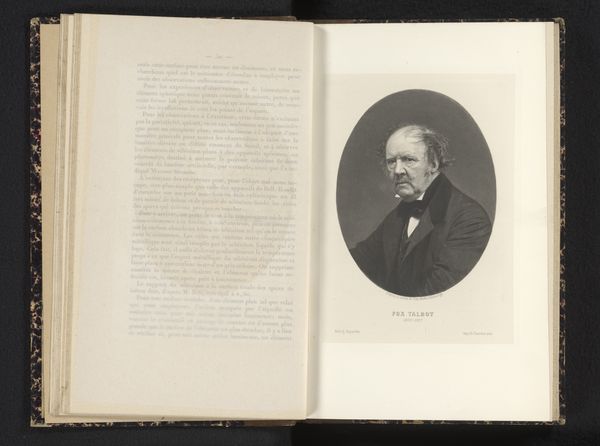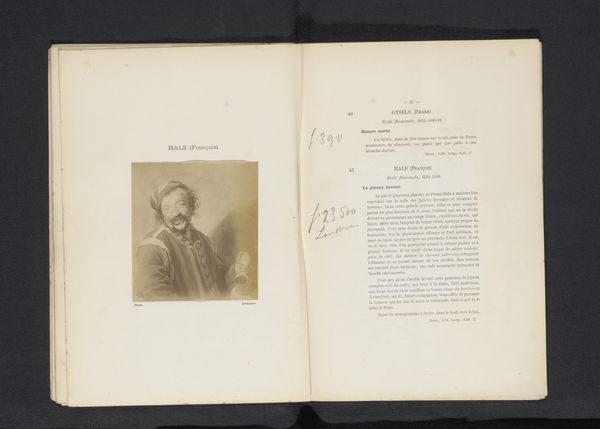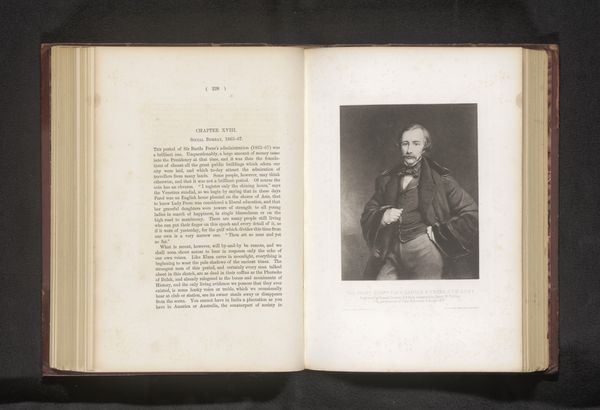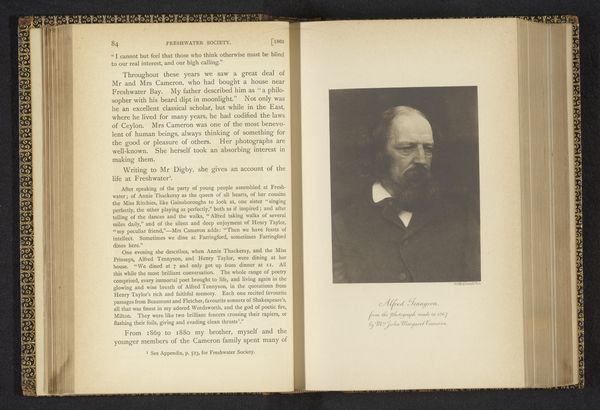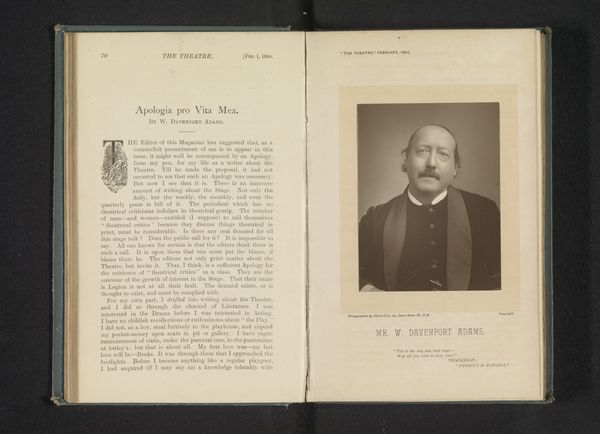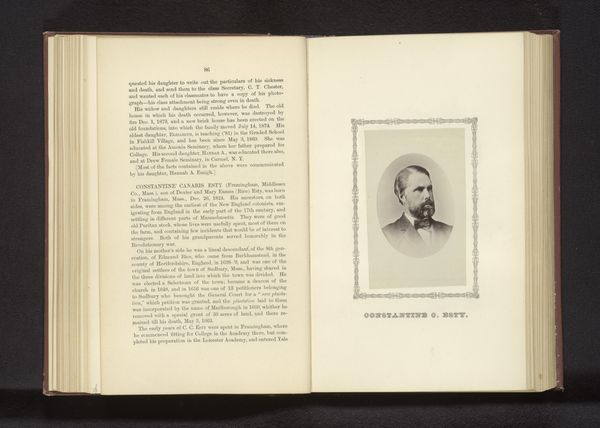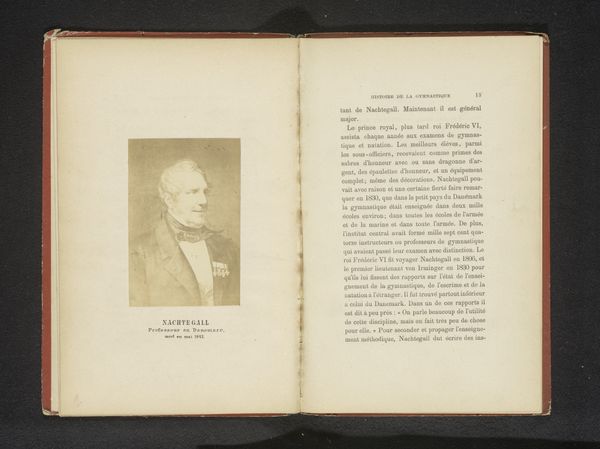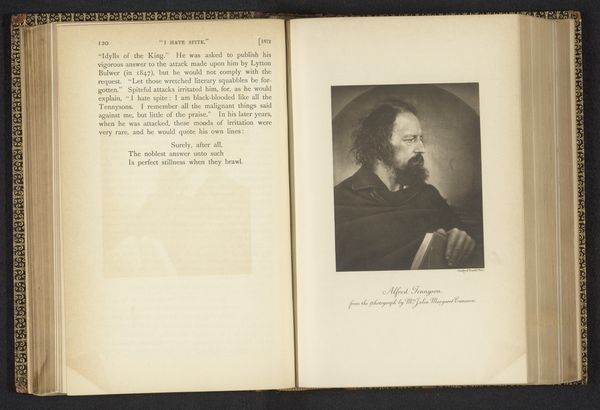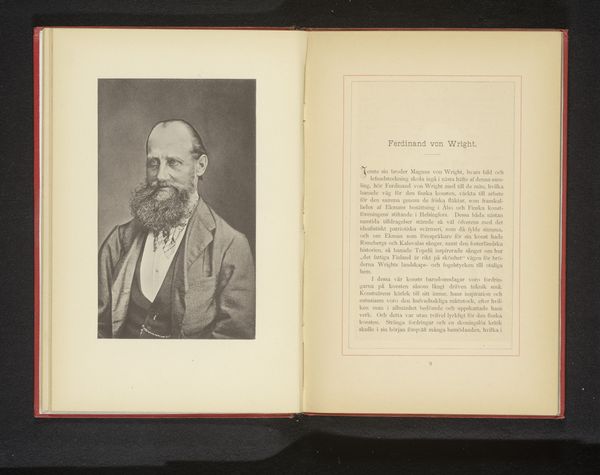
photography, gelatin-silver-print
#
portrait
#
photography
#
gelatin-silver-print
#
history-painting
Dimensions: height 160 mm, width 119 mm
Copyright: Rijks Museum: Open Domain
Editor: So, this is Henry Herschel Hay Cameron's "Portret van Alfred Tennyson," a gelatin-silver print dating from before 1893. I find the expression in this portrait incredibly compelling - there is such gravity, you can tell that the subject has really *lived*. How would you interpret this work, considering the era in which it was produced? Curator: Exactly! Cameron was consciously engaging with Victorian notions of celebrity and genius. Tennyson, as Poet Laureate, embodied national identity, a constructed persona amplified through photographic representation. Think about the rise of photography and how it democratized portraiture while also solidifying societal hierarchies. Editor: So, photography here isn’t just about capturing a likeness but reinforcing Tennyson’s position within a specific social order? Curator: Precisely. Cameron's soft focus and the almost painterly quality evoke a sense of romanticism, connecting Tennyson to earlier artistic traditions. But also consider what wasn't being represented in such portraits. Whose stories were being told, and whose were being excluded? Whose image was validated? Editor: That makes me think about the power of image-making in constructing narratives, and how easily marginalized voices could be erased by the dominant cultural representations of the time. Curator: Absolutely. And it prompts us to question the legacies we inherit and the narratives we choose to perpetuate or challenge through art today. Who gets to create? Whose stories matter? Editor: I didn’t really think about photography in that context before, I thought it was all about aesthetic, but I realize how powerful its sociopolitical undertones were. Curator: These portraits functioned as deliberate political acts, and, like much art of the time, reinforced structures of power that we're still grappling with now. Hopefully this discussion shows how powerful art and representation really is.
Comments
No comments
Be the first to comment and join the conversation on the ultimate creative platform.
